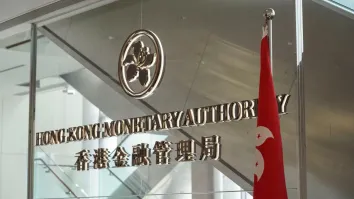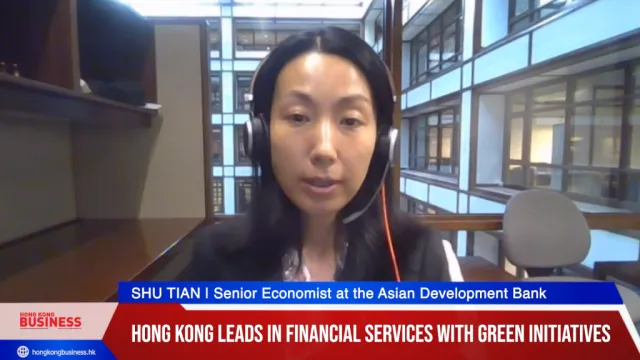
Hong Kong's credit profile dragged by China's country risk
The city state faces rising macro-prudential risks due to a surge in bank lending and housing inflation, says Fitch.
In a release, Fitch Ratings says that both Hong Kong's and Singapore's ability to weather the 2008 global financial crisis has been impressive, warranting their high-grade credit ratings of 'AA+' and 'AAA', respectively.
Fitch believes a combination of flexible economic regimes and strong sovereign balance sheets have provided these countries with important buffers against global volatility. The one-notch differential between Hong Kong and Singapore is an indication that financial stability risks, including China's country risk, weigh more heavily on Hong Kong's credit profile.
Hong Kong and Singapore have delivered among the highest rates of real GDP growth and the lowest unemployment rates in the 'AA' and 'AAA' sovereign categories since the onset of the global financial crisis. Strong regional growth has provided a valuable buffer, but credit should also be given to the high levels of governance, low tax regimes and adaptable labour markets, which explain why both city-states consistently top the World Bank's Ease of Doing Business rankings.
The accumulation of years of budget surpluses has provided each government the leeway to comfortably increase spending in recent years. Healthy fiscal positions, coupled with robust external finances, also help explain why both city-states have been able to successfully cope during periods of heightened global risk aversion, and why neither Hong Kong's linked exchange-rate system or Singapore's managed floating exchange-rate regime have faced severe bouts of depreciation pressure.
Both city-states, however, are facing rising macro-prudential risks due to a surge in bank lending and housing inflation. Part of the reason for this development can be traced to the fact that both effectively import US monetary policy - which has resulted in low interest rates, even though both operate different exchange-rate regimes. In response, macro-prudential policy measures (eg lowering the loan/value ratios and introducing anti-speculation measures) have been implemented to help stabilise the housing markets.



















 Advertise
Advertise






